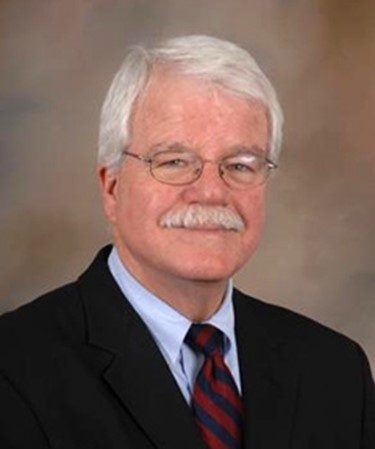Advisor
 George Miller served in the House of Representatives for 40 years, from 1975 until 2010. Among his many accomplishments was his role as a primary advocate in the House of Representatives for disability rights. This included:
George Miller served in the House of Representatives for 40 years, from 1975 until 2010. Among his many accomplishments was his role as a primary advocate in the House of Representatives for disability rights. This included:
Shortly after entering Congress in January 1975, disability rights advocates occupied the federal building in San Francisco in protest against the failure of the government to issue regulations to enforce Section 504 of the Rehabilitation Act of 1973, which required any entity receiving federal funds to make such programs accessible to persons with a disability. Congressman Miller and Congressman Burton met with the protesters and conducted an ad hoc hearing in the occupied portion of the federal building. They then arranged for a committee of the protesters to testify before a congressional committee. As a result of that testimony, the government agreed to issue regulations and the 25-day occupation of the San Francisco federal building successfully ended.
Beginning with the Education of All Handicapped Children Act (1975), what we now call the Individuals with Disabilities Education Act (IDEA), nearly every legislative accomplishment benefiting children and youth with disabilities from 1975 till his retirement in 2010, has been achieved with the support of Congressman Miller. His leadership and unwavering belief that students with disabilities are first and foremost general education students have resulted in numerous policies that have shaped schools across the nation. Congressman Miller has been instrumental in ensuring students with disabilities are included in accountability systems, have access to necessary special education services and supports, have well prepared special education teachers, and have expanded early learning opportunities.
In 2002, Congressman Miller was the lead sponsor in the House for The Instructional Materials Accessibility Act of 2002 (IMAA) which requires that instructional materials for blind or other people with print disabilities are received in an accessible medium at the same time as their nondisabled peers. To this end, the IMAA will harness advances in technology to create an efficient system for acquiring and distributing these materials in specialized formats, which include Braille, synthesized speech, digital text, digital audio, and large print.
Over a number of years, several Supreme Court decisions significantly reduced the rights of persons with disabilities under the Americans with Disabilities Act contrary to the intent of Congress. In order to correct the situation, Congress passed the 2008 ADA Amendment Act to restore rights taken away by the Supreme Court. As chair of the House Education and Labor Committee, Congressman Miller successfully steered the legislation to passage in the house.
In 2009, Congressman Miller introduced the Keeping All Students Safe Act in response to findings that students, mainly children with disabilities, were subjected to abusive or deadly practices under the guise of restraint and seclusion. The bill, which passed 262-153 the House, set guidelines that allow physical restraint or locked seclusion only when there is imminent danger of injury. It bans restraint that restricts airflow, mechanical restraints such as strapping children to chairs or duct-taping body parts, mandates notification to parents, and prohibits behavior-controlling medications that aren't prescribed by doctors. While initially not passed by the Senate in 2009, the bill has been subsequently re-introduced in the Senate.
